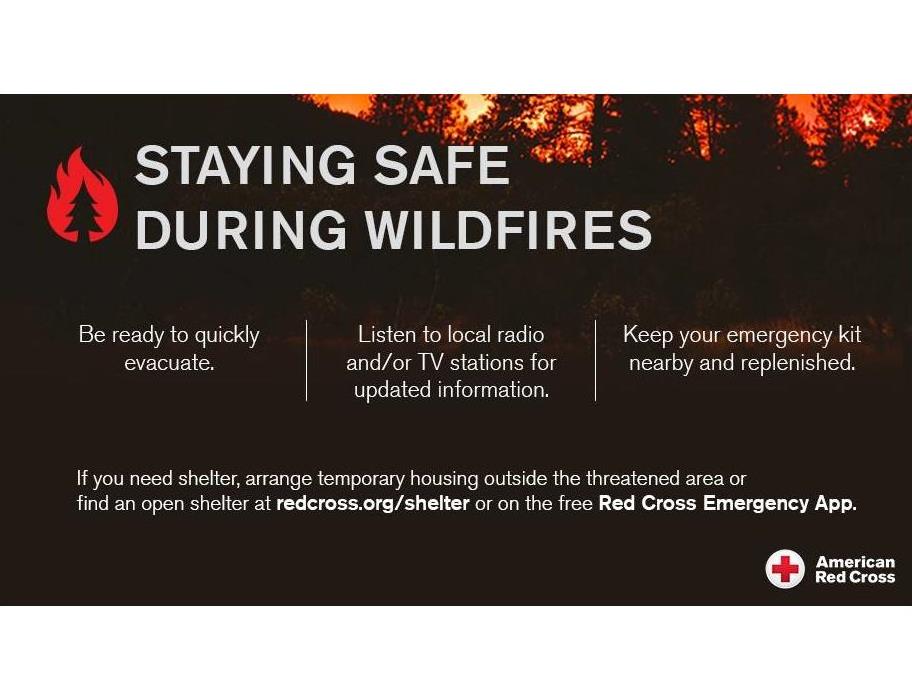Wildfire Preparation Tips for Charlotte County
2/27/2020 (Permalink)
Wildfires! When most folks think of wildfires, they envision the massive fires that often rage in the western parts of the United States, or areas in rain forests, or Australia. While Florida is fortunate to have a rainy season, the dry season in Southwest Florida can create very arid conditions, and because our vegetation and timber are loaded with 'fuel', wildfires in Florida burn fast and hot. The recent 200+ acre wildfire in Placida and Rotunda West (February 2020) serves as a strong reminder of how close homes here in Charlotte County can be affected by a fast moving wildfire.
Following are some tips from the National Fire Protection Agency on how to best prepare before, during, and after a wildfire threatens our community.
Before a wildfire threatens your area…
In and around your home
- Clear leaves and other debris from gutters, eaves, porches and decks. This prevents embers from igniting your home.
- Remove dead vegetation and other items from under your deck or porch, and within 10 feet of the house. Learn more about the basics of defensible space on the Firewise website.
- Screen or box-in areas below patios and decks with wire mesh to prevent debris and combustible materials from accumulating.
- Remove flammable materials (firewood stacks, propane tanks) within 30 feet of your home’s foundation and outbuildings, including garages and sheds. If it can catch fire, don’t let it touch your house, deck or porch.
- Wildfire can spread to tree tops. Prune trees so the lowest branches are 6 to 10 feet from the ground.
- Keep your lawn hydrated and maintained. If it is brown, cut it down to reduce fire intensity. Dry grass and shrubs are fuel for wildfire.
- Don’t let debris and lawn cuttings linger. Dispose of these items quickly to reduce fuel for fire.
- Inspect shingles or roof tiles. Replace or repair those that are loose or missing to prevent ember penetration.
- Cover exterior attic vents with metal wire mesh no larger than 1/8 inch to prevent sparks from entering the home.
- Enclose under-eave and soffit vents or screens with metal mesh to prevent ember entry.
- Learn more about how to protect your home and property at www.firewise.org.
Creating an emergency plan
- Assemble an emergency supply kit and place it in a safe spot. Remember to include important documents, medications and personal identification.
- Develop an emergency evacuation plan and practice it with everyone in your home.
- Plan two ways out of your neighborhood and designate a meeting place.
- Learn more about emergency preparedness planning on NFPA’s emergency planning webpage.
In your community:
- Contact your local planning/zoning office to find out if your home is in a high wildfire risk area, and if there are specific local or county ordinances you should be following.
- If you are part of a homeowner association, work with them to identify regulations that incorporate proven preparedness landscaping, home design and building material use.
- Talk to your local fire department about how to prepare, when to evacuate, and the response you and your neighbors can expect in the event of a wildfire.
- Learn about wildfire risk reduction efforts, including how land management agencies use prescribed fire to manage local landscapes.
- Learn how you can make a positive difference in your community.
Read more at the following link: Wildfire preparedness tips






 24/7 Emergency Service
24/7 Emergency Service